Two days ago we reported that while “plain vanilla” commodity producers such as coal giant Peabody had no choice but to pay up on their commodity margin calls (which they funded with an expensive, 11%, Goldman credit facility), others such as Chinese giants were magically exempt from mandatory payments in the billions.
Extending on our observation earlier this week that the record surge in commodities, such as nickel, would – ironically – cripple producers who despite being long physical commodities in the spot market are also short in the futures market as a hedge, and it is these hedges that are causing unprecedented waterfalls of cascading short squeezes at this moment as producers scramble to find the cash to satisfy variation margins…
*NICKEL JUMPS 12%, EXTENDING RECORD RALLY ON SHORT SQUEEZE
ironically, this will bankrupt producers
— zerohedge (@zerohedge) March 8, 2022
… earlier this week we learned that Chinese nickel titan Tsingshan Holding Group, the world’s largest producer of the metal, controlled by Xiang Guangda – known as “Big Shot”, or is that “Big Short” – faced billions of dollars in trading losses after Russia’s war in Ukraine set off an unprecedented rise in the price of nickel, and which soared by a record 250% in two days.
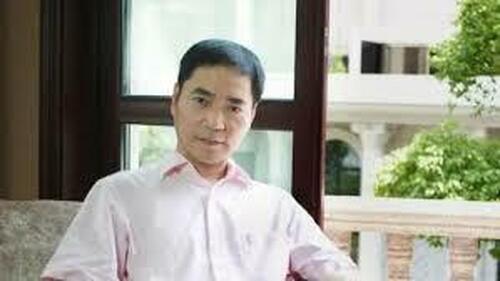
As further detailed yesterday, the paper loss stood at $8 billion on Monday – the result of holdings of about 100,000 tons of nickel on the LME – before a violent rush higher in nickel prices led the London Metal Exchange to suspend trading in the metal on Tuesday after it hit a record $101,365 per metric ton up from $20,175 in January. The exchange has since said it anticipates trading won’t resume before Friday (for more see “An LME Member Has Defaulted On Billions In Margin Calls, But The LME Doesn’t Want To Declare Default“)
According to the WSJ, Tsingshan’s founder, Xiang Guangda, told a Chinese media outlet that “there have been some moves by foreigners,” and that it is in active negotiations with relevant parties, without specifying who they were and what was being negotiated.
Xiang was also quoted saying that “relevant government departments and leaders are all very supportive of Tsingshan. Tsingshan is a solid Chinese enterprise and our positions and operations do not have problems,” according to the report in Yicai, a financial-news outlet.
Needless to say, the fact that the LME is now owned by Hong Kong Exchanges and Clearing, whose biggest shareholder is the Hong Kong government which for the past two years has been a puppet of China, did not hurt Xiang, whose empire would have been bankrupted had the LME forced him to make payment on his margin call. None other than outgoing LME chief executive Matt Chamberlain admitted as much.
LME chief executive Matt Chamberlain told @BloombergTV this morning that if the exchange hadn’t cancelled trades, several brokers would have struggled to survive
— Jack Farchy (@jfarchy) March 9, 2022
Long story short: if you are a small nobody and your margin call will wipe out just you, nobody will think twice to margin you out; on the other hand if you are a Chinese tycoon whose default will ruin not just him but lead to massive losses for all LME members and also drag down more than one broker in the process (as Russell Clark explained earlier), well then… the rules can certainly be bent.
And sure enough, on Wednesday morning, two days after Xiang was supposed to be in default buried by billions in margin calls, Bloomberg reports that he has successfully secured “a package of loans from local and international banks to help it meet a wave of margin calls.”
According to the report, Tsingshan Holding has won credit promises from – drumroll – none other than JPMorgan Chase, and one of China’s largest banks, China Construction Bank, in meetings that ran into the pre-dawn hours of Wednesday morning. Some of the terms, such as how much extra collateral Tsingshan needs to pledge, are still under discussion, Bloomberg’s sources said.
Since JPMorgan’s assistance alone was not enough, Chinese authorities also directed Tsingshan’s domestic banks to offer more credit lines to the company, with the bulk of the new capital going toward satisfying the margin calls on its existing positions on the London Metal Exchange.
So what do the banks get in exchange for their generous bailout loans?
Well, with large nickel production facilities in Indonesia and China, coupled with surging prices and strong demand, the firm’s owner, Xiang Guangda, told bankers at the meetings that he’s confident his company can meet its obligations. He’s also reviewing his hedging strategy and is considering exiting the bets against nickel, which in light of the catastrophic outcome is probably not a bad idea.
As reported previously, on Monday CCBI Global Markets, one of Tsingshan’s brokers, failed to pay hundreds of millions of dollars in margin calls on its nickel positions. The LME refrained from putting it into default, giving it more time to pay. The broker was able to settle the margin calls on Tuesday after several clients, including Tsingshan, got loans to cover their positions.
As for Tsingshan itself, we now wait until Friday when the LME restarts nickel trading to see if Jamie Dimon’s generosity prevented the collapse of one of the pillars of China’s commodity empire. If so, expect the price to collapse. If not, all bets may be off and Pozsar’s “worst case scenario” will be in play.
by Tyler Durden
Join: 👉 https://t.me/acnewspatriots
The opinions expressed by contributors and/or content partners are their own and do not necessarily reflect the views of AC.NEWS
Disclaimer: This article may contain statements that reflect the opinion of the author. The contents of this article are of sole responsibility of the author(s). AC.News will not be responsible for any inaccurate or incorrect statement in this article www.ac.news websites contain copyrighted material the use of which has not always been specifically authorized by the copyright owner. We are making such material available to our readers under the provisions of “fair use” in an effort to advance a better understanding of political, health, economic and social issues. The material on this site is distributed without profit to those who have expressed a prior interest in receiving it for research and educational purposes. If you wish to use copyrighted material for purposes other than “fair use” you must request permission from the copyright owner. Reprinting this article: Non-commercial use OK. If you wish to use copyrighted material for purposes other than “fair use” you must request permission from the copyright owner.
Disclaimer: The information and opinions shared are for informational purposes only including, but not limited to, text, graphics, images and other material are not intended as medical advice or instruction. Nothing mentioned is intended to be a substitute for professional medical advice, diagnosis or treatment.
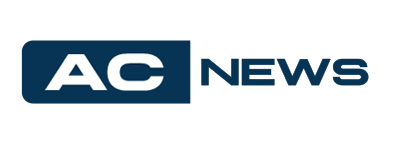


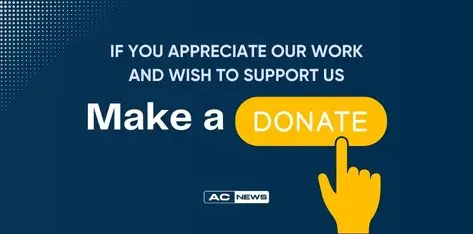

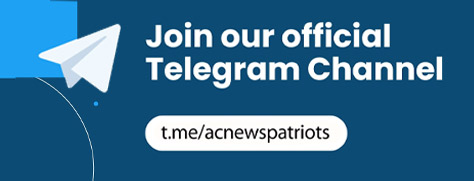








![Tucker Carlson Released an ALARMING Message … [Published Yesterday]](https://ac.news/wp-content/uploads/2024/04/download-3-120x86.jpg)






![BENJAMIN FULFORD GEOPOLITICAL UPDATE 4⧸1⧸24…AUDIO READING [mirrored]](https://ac.news/wp-content/uploads/2024/04/download-16-120x86.jpeg)























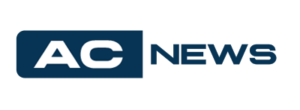
Discussion about this post